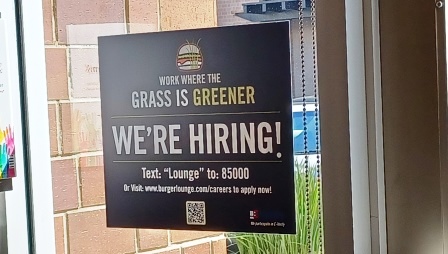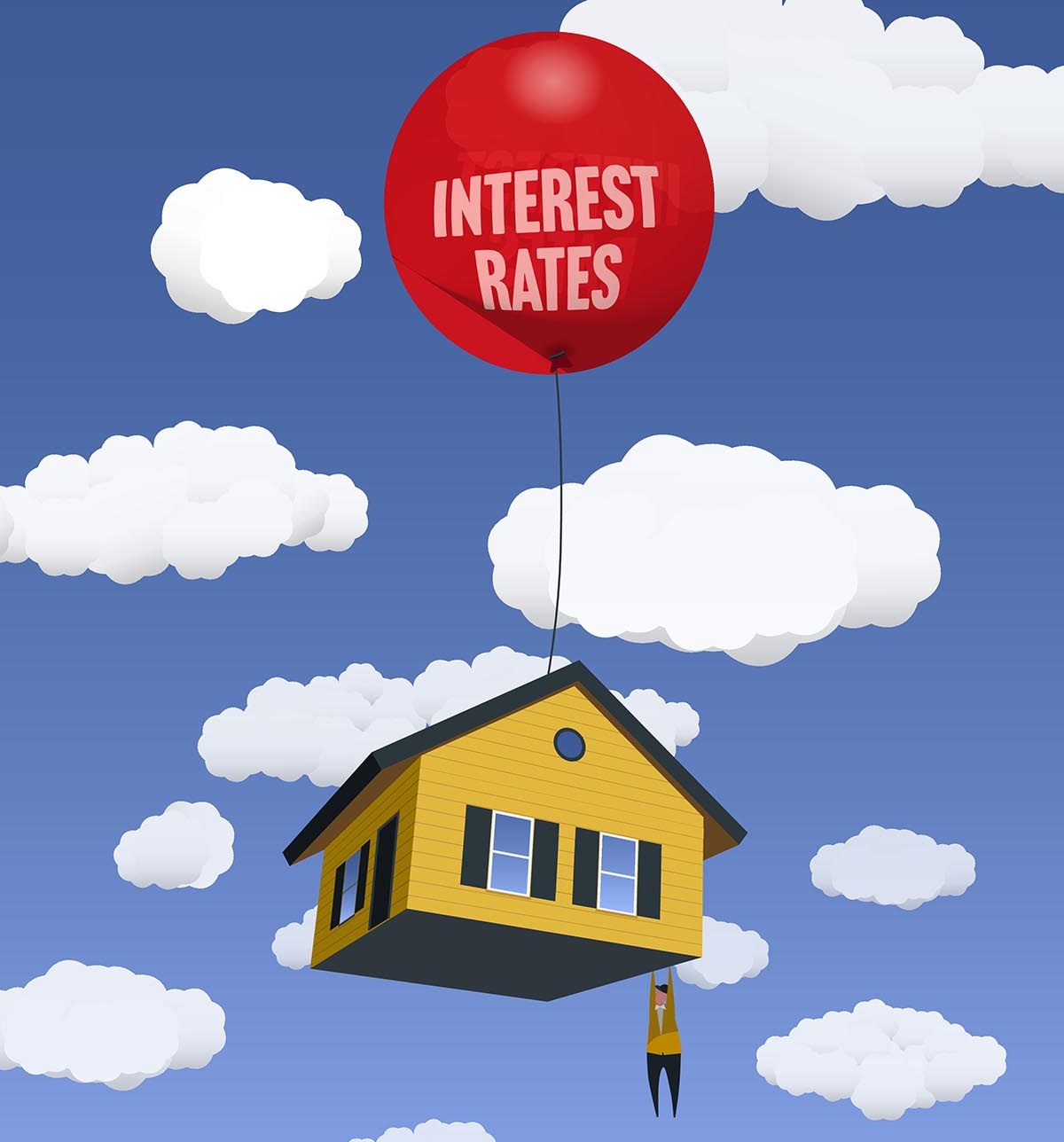

Printable PDF version
Subscribe to our newsletter
The Fedís Difficult Task
The Supply Chain
Interest Rates on the Up and Up
Construction
Management Specialists
San Francisco, CA
(415) 981-9430 (San Francisco office)
Orinda, CA
(415) 981-9430 (Orinda office)
Rocklin, CA
(415) 872-0996 (Sacramento office)
San Diego, CA
(858) 886-7373 (San Diego office)
Redmond, WA
(206) 571-0128 (Seattle office)
Los Altos, CA
(650) 386-1728 (South Bay office)
Los Angeles, CA
(424) 343-2652 (Los Angeles, CA office)
Wicklow, Ireland
+353 86-600-1352 (Europe office)
www.TBDconsultants.com
The economy is in a peculiar situation with indications of slowing in industries such as housing and many companies are reducing their financial projections, while the labor market remains strong, with around twice the number of available jobs as there were job seekers in August, and wages are rising. Consumer spending remains strong but has been showing declines. Corporate defaults have been predicted to rise through the start of 2023, but corporate balance sheets are generally in good shape, although companies are warning of slowdowns. The manufacturing sector had been growing during the start of this year, but new order rates have been contracting as stores try to reduce their high inventory levels and clear up backlogs.

Oil prices seem to have peaked for now and pulled back for a time, but they are projected to stay noticeably higher than before the pandemic, even allowing for what we have become used to as normal inflation. Copper prices had been dropping, which is often seen as an indication of where business activity is heading, but that drop could be partially resulting from previous stockpiling after the Ukraine war started and to Chinaís reduction in activity due to Covid lockdowns.

Most people seem to agree that the Federal Reserve needs to pursue its reduction of support for the economy in order to reduce decades-high inflation. However, there has been growing concern that the pull-back could go too far and instigate a new wave of job losses, throwing growth into reverse. The Fed maintains that a ďsoft landingĒ, where they bring down inflation without tipping the economy into recession, remains possible, but restoring price stability is the Fedís number one priority. Unfortunately, a soft landing is beginning to look as realistic as the Fedís earlier talk of inflation being transitory.
The workforce decreased during the pandemic, with some people retiring, although some of those are being tempted back into the workforce. There are still health-related concerns, Long-Covid, the availability of daycare, and immigration restrictions reducing the availability of workers. Getting everyone back in the office stopped when Omicron hit, and companies are now trying to see how flexible working will resolve itself. Employers may want people in the office while employees often want to keep working from home, but the overall effect has been a reduction in the need for office space. Regarding Covid, we seem to have effectively achieved herd immunity via vaccination (about 80% of the population with 1 or more shots) and the latest variants giving vaccinated and unvaccinated alike a booster through infection.
Companies attract workers by offering higher pay, but that means building in inflation. Trying to bring labor cost inflation down by reducing production capacity just decreases supply, which allows manufacturers to push up prices, fueling inflation from another direction. The question is whether wages and salaries keep up with inflation or drive it. The Fed has a tough balancing act as it tries to keep the economy stable. There have been some layoffs (often pandemic-related tech jobs), but the travel industry, restaurants, and some other businesses picked up. A number of companies, seeing potential slowdowns, are simply not filling open positions. Unemployment numbers may start rising, but they are still likely to be at historic lows for quite a while. Household debt hasnít risen much, however, national debt now stands at $31 trillion. Thatís not helped by the Federal governmentís $1T infrastructure package and $1.9T ďAmerican Rescue PlanĒ which is going to help keep unemployment low but keep pressure on wages as companies look for employees.
The US housing market has been cooling due to the high prices and rising mortgage rates, which has led to layoffs at banks and other mortgage brokers. Luckily, housing loans have not been given out as freely as before the 2008 bubble-burst in the housing market.

The Architectural Billings Index in July showed the slowest growth since January, but there was still a small increase in billings and project inquiries. With the unbalanced economy that we have, companies will be less willing to invest in new construction projects, but the Fedís efforts, probably assisted by a mild recession, should restore a large element of balance. When an end to the Russian invasion of Ukraine can be achieved, that will help the energy crisis and the supply chain problems to resolve themselves.
Geoff Canham, Editor, TBD San Francisco
Scheduling a construction project became even more complicated than usual as material delivery times became uncertain and changing. In this article we address the problems affecting the supply chain that led to this issue.
Interest Rates on the Up and Up
The Fed kept interest rates low to spur commercial activity during a series of issues affecting to the markets, but now they are having to rapidly increase rates to fight inflation and here we are taking a look at what the implications are for the construction and other markets.
Design consultant: Katie Levine of Vallance, Inc.